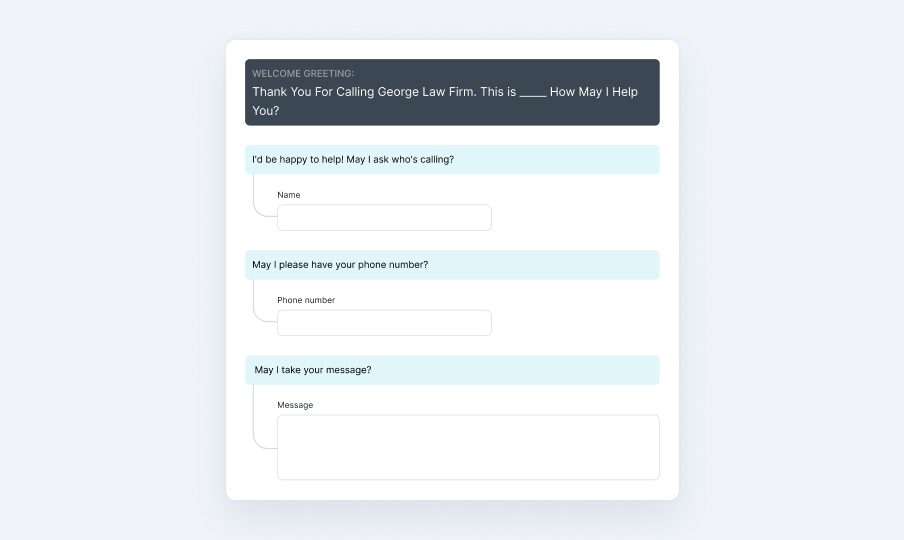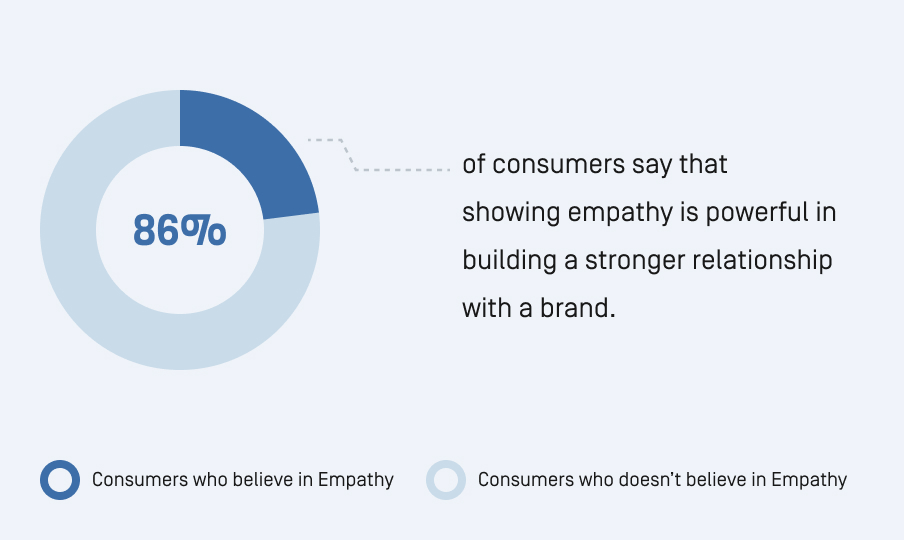A successful legal marketing campaign can provide a great boost for your firm. When those leads start flowing in, it proves that you have found the right platform and the right message. But, an increase in lead volume doesn’t always mean more paying clients.
So, what’s holding you back? It could be your client intake process.
The client intake process starts with the initial interaction between your law firm and potential clients. It’s a critical phase where first impressions are formed, and the client-lawyer relationship takes shape.
Optimizing this process enhances client satisfaction and sets the stage for your working relationship. Here, we discuss how to improve your law firm’s client intake process to attract and retain clients effectively.
Why client intake matters?
Your client intake process is an opportunity to establish trust and demonstrate professionalism. A smooth, efficient intake process can reassure clients that they’ve made the right choice.
Plus, client intake is an opportunity to gather essential information that shapes your legal strategy. Accurate data collection in the beginning stages means lawyers have all the necessary details to provide the best possible representation.
The client intake process also sets the tone for communication between the client and your law firm. Establishing clear lines of communication and expectations from the outset can prevent misunderstandings and help build a positive client relationship.
For example, when clients know how long the process might take, they are less likely to become concerned when they have not had an update for a few days. This means fewer panicked calls and more time for your team.
Why do some law firms struggle with client intake?
Despite its importance, many law firms face challenges in optimizing their client intake process. These challenges can stem from a variety of sources:
Complex client experience
The goal of your intake process should be to make it as easy as possible for the client to work with you. Clients seeking legal assistance are often under significant pressure and seek support from their lawyer – not further complications. They expect a simple and responsive service that addresses their concerns.
The client intake experience should feel efficient, compassionate, and reliable. The best way to build this is by responding promptly to phone calls and emails and making sure clients feel you’re available to them. With most lawyers juggling caseloads and court appearances, this can be extremely difficult to manage and can leave clients feeling neglected.
Lack of empathy can affect the legal client intake
The reality is that most consumers feel companies have lost touch with the human element of customer experience. Empathy is essential in the legal profession due to the vulnerability clients experience when sharing intimate details of their legal problems.
A lack of empathy can reduce the quality of client service, especially if lawyers overlook important personal details. When a service provider isn’t empathetic, they may not take the time to understand the client’s concerns and emotions. As a result, law firms risk alienating clients who need reassurance. You need to show you’re genuinely invested in their case and well-being, at every touchpoint.
Inefficiency may have an impact on the client intake process
Inefficiency in client intake processes can lead to delays and a frustrating experience for clients and law firm staff. When the intake process is inefficient, bringing new clients on board can take much longer than necessary. In some cases, clients may decide to take their business elsewhere if the intake process is too slow.
A common cause of inefficiency in the legal intake process is a lack of clear procedures. When team members are unclear about their roles, this can lead to mistakes. This is particularly true for larger firms where multiple people may be involved in the intake process.

Inadequate use of technology is another contributor to poor client intake. For example, if a law firm relies on outdated software, this can slow down the entire process and make it challenging to track client information.
How to improve the legal client intake process?
Improving your law firm’s client intake process involves addressing these challenges head-on with strategic solutions.
Show empathy

When you understand a client’s situation and perspective, you can better tailor your services to meet their specific needs. In fact, 86% of consumers say that showing empathy is powerful in building a stronger relationship with a brand. It allows you to provide more personalized advice, which can alleviate any worries and help them feel more confident in the process.
Empathy should be at the heart of your client intake process. By training your team, you can create a more supportive intake experience. This approach helps create meaningful client-lawyer relationships and enhances client satisfaction from the first interaction. Clients who feel you care are more likely to trust you, follow your advice, and stay with your law firm.
Streamline
Adopting a streamlined approach to client intake involves:
- Simplifying procedures
- Utilizing technology to automate tasks
- Ensuring that every step of the process is efficient and user-friendly
This can reduce wait times and administrative burdens, making the process smoother for clients and staff.
Customize
Customizing the intake process to each client’s specific needs and preferences demonstrates attention to detail and a commitment to providing personalized service. This could involve:
- Tailoring your communication methods
- Adjusting information-gathering techniques
- Personalizing the welcome experience based on client feedback
Demonstrate professionalism
Does your intake process give a true representation of your professional service? Maintaining a high level of professionalism from the beginning is vital. Every interaction should be courteous, all documentation handled securely, and the next steps clearly explained to the client. A professional approach reassures clients of the firm’s competence and reliability.
With over 70% of new business coming from referrals, a consistently professional experience can also improve your firm’s client acquisition rate.
Improve transparency
Transparency is a core value that’s becoming increasingly important for businesses. In the US, 86% of consumers consider transparency from businesses to be more critical than ever.
When it comes to the client intake process, transparency is key to building trust and making a great first impression. Being transparent means:
- Clearly explaining the steps involved in the process
- Outlining what information will be required
- Setting expectations for timelines and outcome
Transparency sets realistic expectations and demonstrates honesty which can be invaluable in building long-term relationships with clients.
Improve your law firm’s legal client intake process with LEX
LEX Reception offers a tailored call-answering service that boosts your law firm’s client intake processes. Our service stands out by providing 24/7 availability, so your clients can always reach a professional and empathetic voice no matter when they call.
With advanced technology and customized call scripts, LEX streamlines your intake process and qualifies leads. Everything we do is to make the client experience efficient and professional. By partnering with LEX Reception, your law firm can overcome common intake challenges, improve client satisfaction, and free up valuable resources to focus on what you do best – practicing law.



